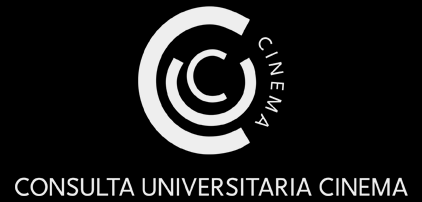Visioni continue. Il piano-sequenza tra realismo ontologico e virtualità
Continuous visions. The Long-take between ontological realism and virtuality
Autore | Author
Francesco Iezzi
francesco.iezzi@uniroma1.it
https://uniroma1.academia.edu/FrancescoIezzi
Corso di dottorato | PhD Program
Musica e Spettacolo
Sapienza Università di Roma
Tutor Maurizio De Benedictis
2018
Sinossi | Abstract
Si tratta di un tema tra i più infidi della teoria cinematografica, come provano ad esempio le difficoltà incontrate da un eminente studioso come Chistian Metz nel suo capitale lavoro sulla grande sintagmatica della colonna visiva. Se il primo capitolo della tesi riprende le origini della riflessione teorica sul piano-sequenza attraverso una discussione del lavoro di André Bazin a cavallo della metà del secolo scorso, centrale tanto ‘geograficamente’ che concettualmente nel lavoro di Iezzi è il secondo capitolo, che sviluppa una ampia analisi, supportata da un perspicuo apparato iconografico, del film Rope di Alfred Hitchcock. Il cinema contemporaneo è invece diffusamente trattato nel capitolo più lungo, il terzo, che convoca come case studies soprattutto i film del regista messicano Alfonso Cuarόn. La tesi si appoggia su di una bibliografia internazionale piuttosto ampia. Il lavoro abbraccia una grande campitura della storia della teoria cinematografica, e come tale si offre – senza la pretesa della completezza – come un utilissimo state of the art di alcune questioni capitali che la tumultuosa evoluzione tecnologica recente dei media audiovisivi rende indispensabile sottoporre ad un continuo aggiornamento.
It is one of the most infinitive themes of film theory, as evidenced by
for example, the difficulties encountered by an eminent scholar such as Chistian Metz in his working capital on the great syntagma of the visual column. If the first chapter of the thesis takes up the origins of the theoretical reflection on the piano-sequence through a discussion of the work of André Bazin at the turn of the half of the last century, central both ‘geographically’ and conceptually in the work of Iezzi is the second chapter, which develops an extensive analysis, supported by a from Alfred Hitchcock’s film Rope. The cinema contemporary is instead dealt with extensively in the longest chapter, the third, which the film by the Mexican director Alfonso Cuarόn is the main case study event to be held in this year’s edition. Iezzi’s thesis is based on a rather extensive international bibliography. The work embraces a great field of the history of theory and as such offers itself – without the pretence of completeness – as a of the art of some capital issues that the tumultuous evolution of the recent technological developments in the audiovisual media makes it essential to submit to a continuous updating.
Tesi online | Online repository

